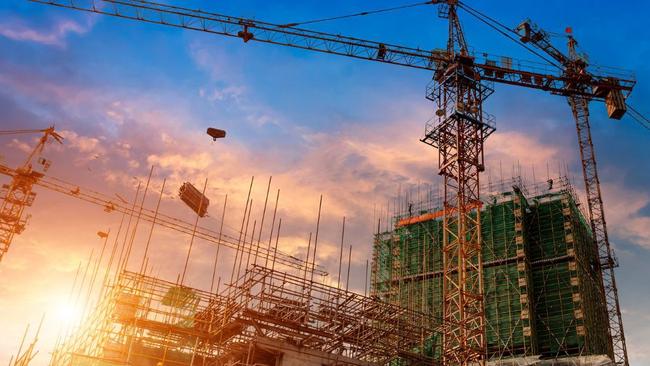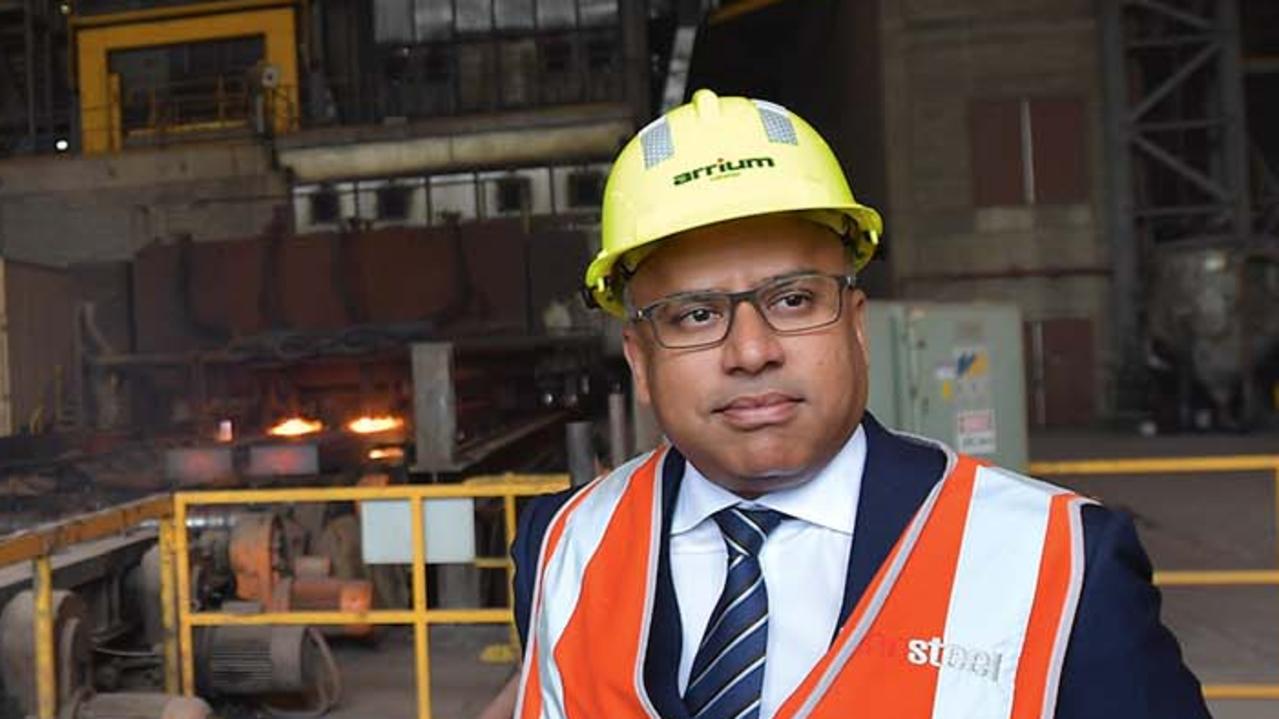Insolvencies surge as construction industry grapples with the rising cost of materials and insurance
External administration appointments in the construction industry rose to 660 since the start of the new financial year, ASIC data shows.

QLD Business
Don't miss out on the headlines from QLD Business. Followed categories will be added to My News.
Construction sector insolvencies have surged over the past three months as costs for everything from materials to insurance continue to blight the troubled $360bn industry.
According to the latest ASIC statistics, external administration appointments in the construction sector jumped to 660 in the new financial year to September 10, up 38 per cent from 478 in the same 10-week period a year ago – and a 255 per cent spike from 186 appointments in 2021.
Construction administrations represented about 33 per cent of the 2010 insolvency appointments ASIC recorded across all industry categories from July 1 to September 10, and were 140 per cent higher than the next biggest category of accommodation and food services which notched up 276 company collapses.
NSW is where builders are struggling the most. That state accounts for 59 per cent, or 389 of the total number of construction collapses.
While the data does not take into account the full September quarter, it shows a worrying sign that the weakness in the construction sector could push national insolvency figures across the board above last financial year’s total of 7942, which included 2213 construction firm failures. Overall, insolvency numbers in NSW jumped 37 per cent to 944 at the start of the financial year, up from 690, while Queensland rose 30 per cent to 325. Victoria was the only state to buck the trend where company collapses declined 1.8 per cent to 494.

Master Builders Queensland chief executive Paul Bidwell said that while the predicted tidal wave of insolvencies had not eventuated, building firms were still feeling the pain from the pandemic.
“There is still a hangover from the previous few years when builders were hit by the rising cost of materials and labour on fixed-price contracts,” said Mr Bidwell. “These issues caught out a lot of builders and they just did not have the resources to keep going.”
He said that while industry conditions had improved, there were still lingering cost pressures. “The price to build a home in Brisbane went up 42 per cent in the three years to the end of 2022 but has only increased 10 per cent since then,” Mr Bidwell said.
Revive Financial head of business restructuring and insolvency Jarvis Archer said he spoke with a builder this week who, unlike many others, had honoured his fixed-priced contracts.
“But when costs rose in 2021 and 2022, he paid for it,” Mr Archer said.
“His company’s financials show he lost $400,000 last year and $190,000 for the current financial year. Some of his contracts took two years to finalise.
“Although he put in personal money to support his company, it has accrued nearly $1.5m of debt. This includes a $500,000 ATO debt, $150,000 in high interest loans and credit cards.

“Unless he has a much better year, or puts in more personal funds, the company’s future is troubled.”
Mr Archer said businesses like this may appear to be trading fine but cumulatively, their balance sheets had the $33bn of small business debt the ATO was seeking to collect. ASIC data shows construction insolvencies last year were 69 per cent higher than in 2021-22 and 20 per cent more than the previous high of 1802 in 2013-14.
Ipex founder Jake Porteous, who oversees a payments platform that protects project funds and offers payment security to the construction industry, said insolvency and financial mismanagement was rife in the construction sector.
“I’ve seen first-hand the devastation insolvency causes for the entire industry, from lenders to developers, builders, suppliers and ultimately the subcontractors who all face varying degrees of financial strain,” Mr Porteous said. “Builders join the industry because they’re passionate about, and skilled in, their trade.
“But when they’re suddenly dealing with multimillion-dollar projects, small problems escalate, arrears build and, without intention or unscrupulous behaviour, companies go under.”
The IPEX platform framework currently has more than $600m in projects under management and said better trust between developers and builders over payments would go a long way to improving the performance of the industry.
CreditorWatch chief economist Anneke Thompson said the cafe and restaurant sector was experiencing a high rate of insolvencies as rising fuel and insurance costs gained momentum.
“For the business community, rising insurance will have a big impact and add to already significant cost pressures many businesses are facing,” Ms Thompson said.
“The construction sector, in particular, is very reliant on insurance, and while price growth momentum in building materials is slowing, rising insurance premiums will be the next headache the industry will face.”
Originally published as Insolvencies surge as construction industry grapples with the rising cost of materials and insurance



